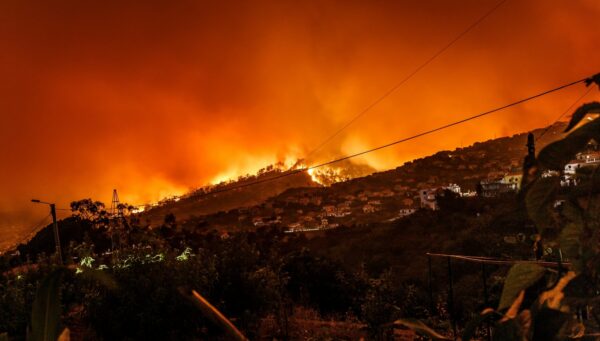A scaling approach to probabilistic assessment of regional climate change
Authors
Katja Frieler, Malte Meinshausen, Matthias Mengel, Nadine Braun, William Hare

In this paper, a new approach to probabilistic projections of regional climate change is introduced. It builds on the already established quasi-linear relation between global-mean temperature and regional climate change found in atmosphere–ocean general circulation models (AOGCMs). The new approach simultaneously 1) takes correlations between temperature- and precipitation-related uncertainty distributions into account, 2) enables the inclusion of predictors other than global-mean temperature, and 3) checks for the interscenario and interrun variability of the scaling relationships.
This study tests the effectiveness of SOx and black carbon emissions and greenhouse gas forcings as additional predictors of precipitation changes. The future precipitation response is found to deviate substantially from the linear relationship with global-mean temperature change in some regions; thereby, the two main limitations of a simple linear scaling approach, namely having to rely on exogenous aerosol experiments (or ignoring their regional effect), and ignoring changes in scaling coefficients when approaching equilibrium conditions, are addressed. The additional predictors can markedly improve the emulation of AOGCM simulations. In some regions, variations in hydrological sensitivity (the percentage change of precipitation per degree of warming) across different scenarios can be reduced by more than 50%. Coupled to probabilistic projections of global-mean temperatures and greenhouse gas forcings, bidimensional distributions of regional temperature and precipitation changes accounting for multiple uncertainties are derived.
Based on 20 Fourth Assessment Report AOGCMs (AR4 AOGCMs), probabilistic projections are provided for two representative concentration pathway (RCP) scenarios and 31 world regions. As an example application of the projections for climate adaptation and vulnerability studies, future changes in the surface mass balance of the Greenland Ice Sheet are computed.











